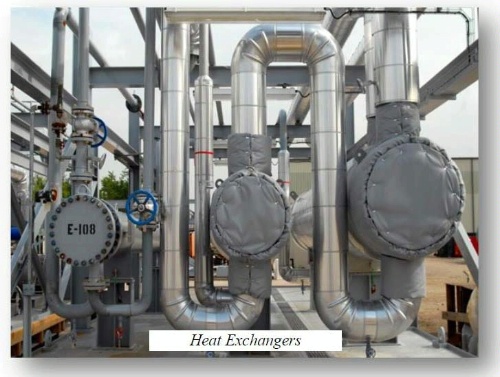Equipment Maintenance
How a Centrifuge Failure Almost Became Deadly
The team at Houston Dynamic Supply work with all sorts of centrifuges and rotating equipment across all industries. We have seen everything from catastrophic failure to simple fixes to rebuilding components at a fraction of the standard price. Below we will share a case study on a serious and nearly fatal failure of a centrifuge…
Read MoreTypes of Machining Processes
Machining may be generally defined as the process of shaping down a piece of material into an intended design using specialty, power-driven tools. For example, many parts and components need some machining during manufacturing. Machining can be used to shape metals, plastic, rubbers, and more. In other cases, machining can be used to fix current…
Read MoreThe Importance of Root Cause Analysis
Root cause analysis, also known as RCA, is discovering the root cause of a problem in order to identify the correct solution. RCA also promotes systematically preventing and solving underlying issues rather than “putting out fires” as they form. Below, we will discuss the benefits of RCA and how to apply it to your operation.…
Read MoreDon’t Let Soft Foot Compromise Your Equipment
Soft foot can be one of the leading issues encountered in rotating equipment. It is also known as machine frame distortion and is a complex condition that can result in damage to the equipment, along with its output. These include quality and mechanical problems such as elevated vibration levels, misalignment, advanced wear and tear, premature…
Read MoreHow to Implement Reliability Centered Maintenance (RCM)
We’ve previously written about Proactive Versus Reactive Maintenance and decided to build on that with a practice called Reliability Centered Maintenance. We will show you the steps and benefits to implementing it in your organization. What is Reliability Centered Maintenance (RCM)? RCM is the practice of focusing on the reliability of your equipment rather than…
Read MorePredictive Maintenance of Rotating Equipment
From food manufacturers to chemical plants, a typical industrial plant may have dozens to hundreds of pieces of rotating equipment. These include pumps, motors, gearboxes, turbines, fans, and more. Many of these pieces of equipment are crucial to the operation of the plant, and even non-essential assets have an important purpose to serve. When one…
Read MoreMachine Alignment is Essential to Proactive Maintenance
According to the Department of Commerce, there about 12.4 million electric motors in use in industrial operations across the United States that operate at 1hp and above. Approximately 25% of these motors will fail in the coming year. Machine alignment can help those motors run more efficiently, which saves costs in energy consumption and reduces…
Read MoreCan Effective Preventive Maintenance Scheduling Reduce Downtime?
Industries often operate 24 hours per day to maximize production, which causes them to push machines to their limits. The rate of machine part failure is also increasing as a result. Demand has increased for preventive maintenance (PM), but it requires complex coordination with production, maintenance, and management departments. Below we will discuss the separation…
Read MoreProactive Versus Reactive Maintenance
Many organizations are realizing the benefits of embracing a proactive maintenance approach. Others still rely heavily on a reactive maintenance strategy, or wait for problems to arise before dealing with them. This ultimately leads to reduced asset insight, improper planning, time delays, unexpected costs, and a resulting inefficient maintenance plan. It is important to find…
Read More6 Steps to Optimize Maintenance Practices
Plant owners across the globe are aware Lean maintenance practices can improve production, minimize downtime, and reduce costs. Unfortunately, as much as 90% of performed maintenance in the United States is done reactively, instead of proactively. Reasons for this include aging equipment, scarcity of spare parts, and the increasingly higher demand in manufacturing speed. We…
Read More





